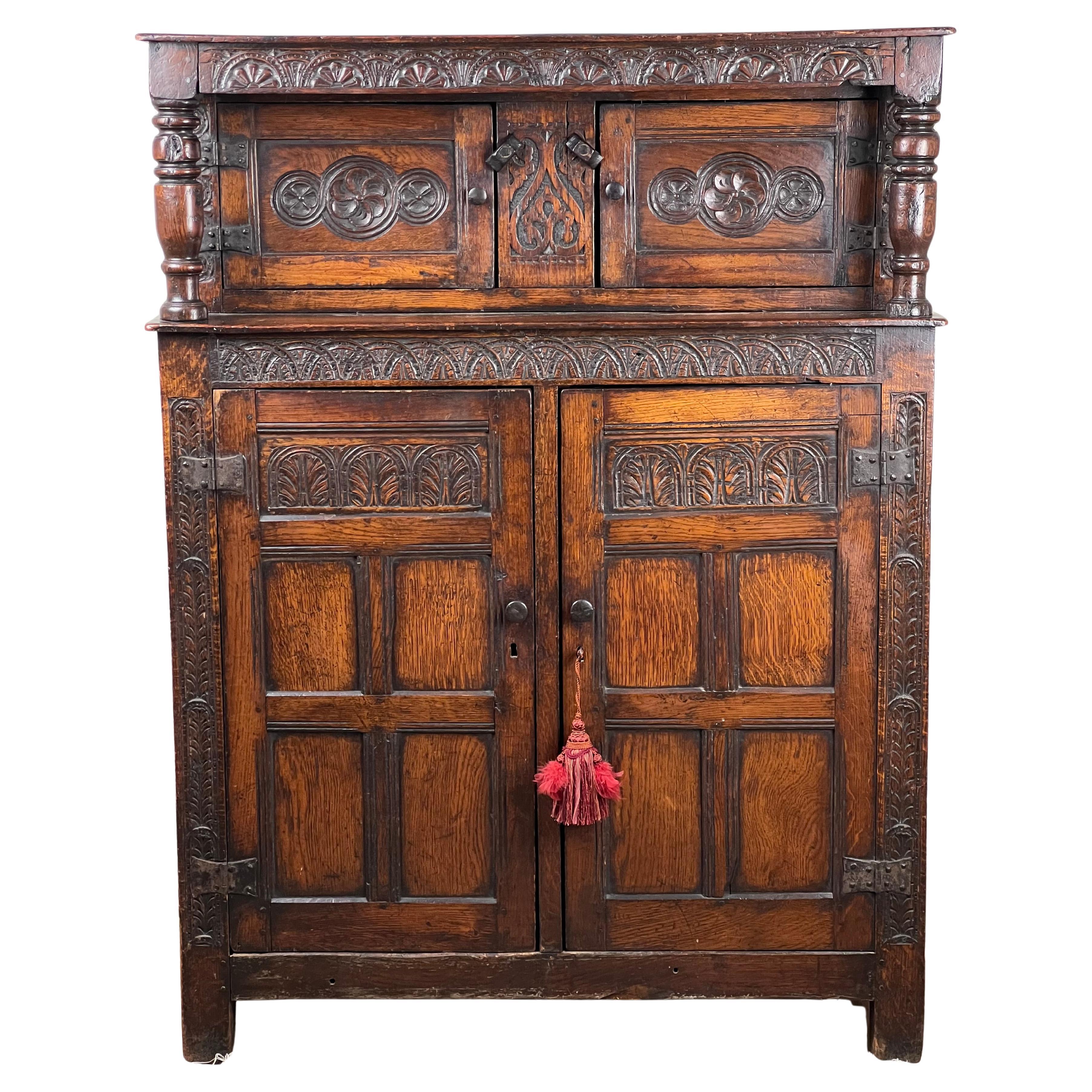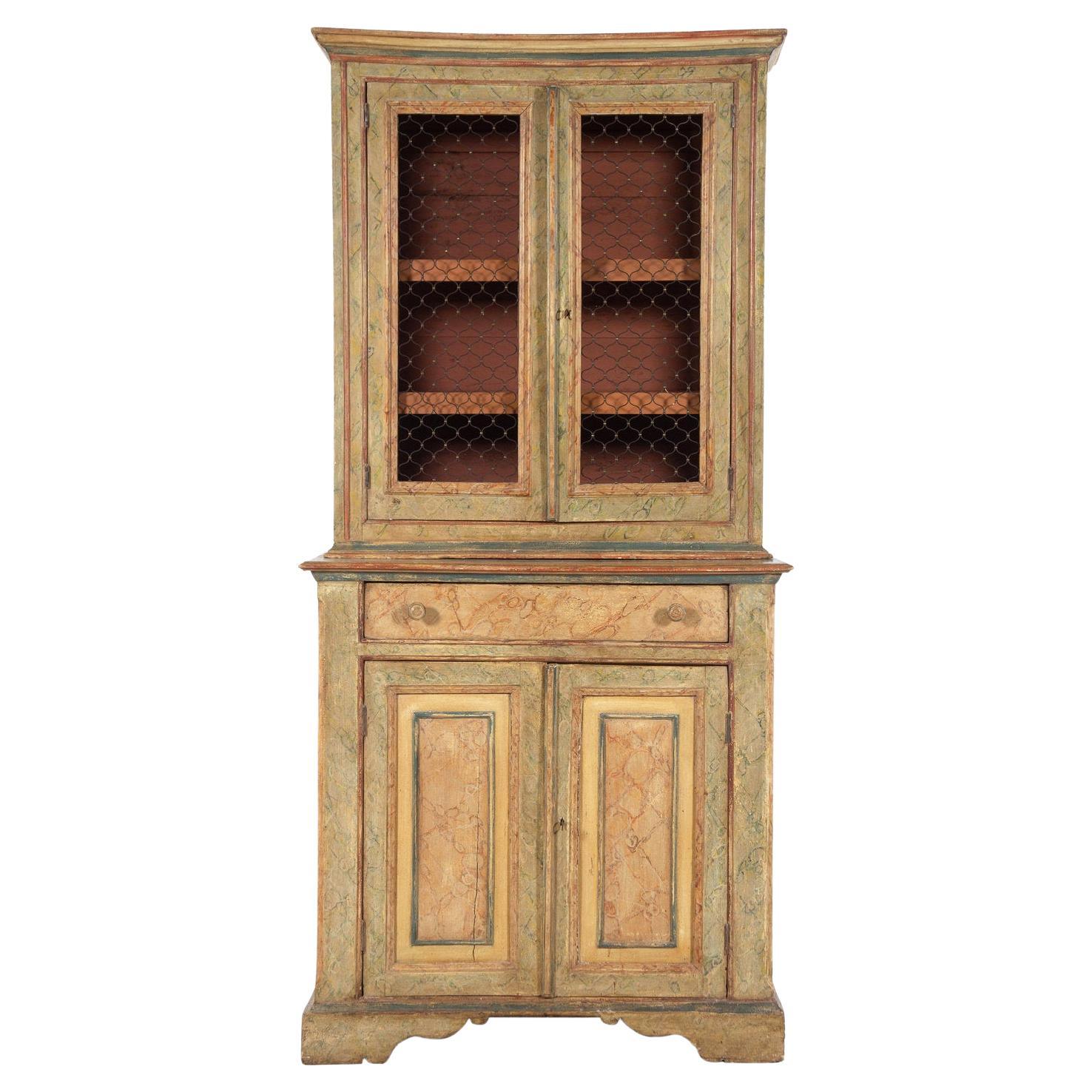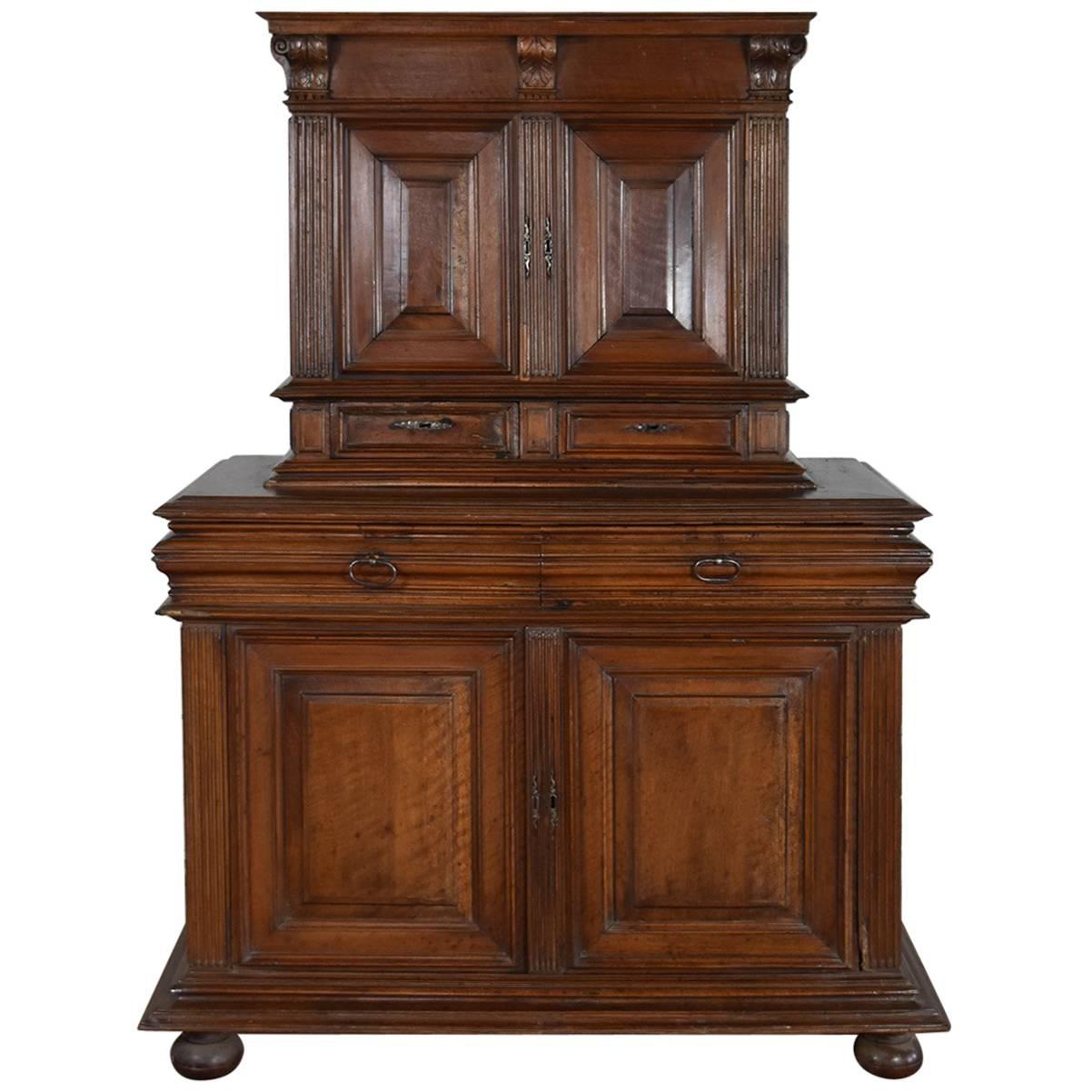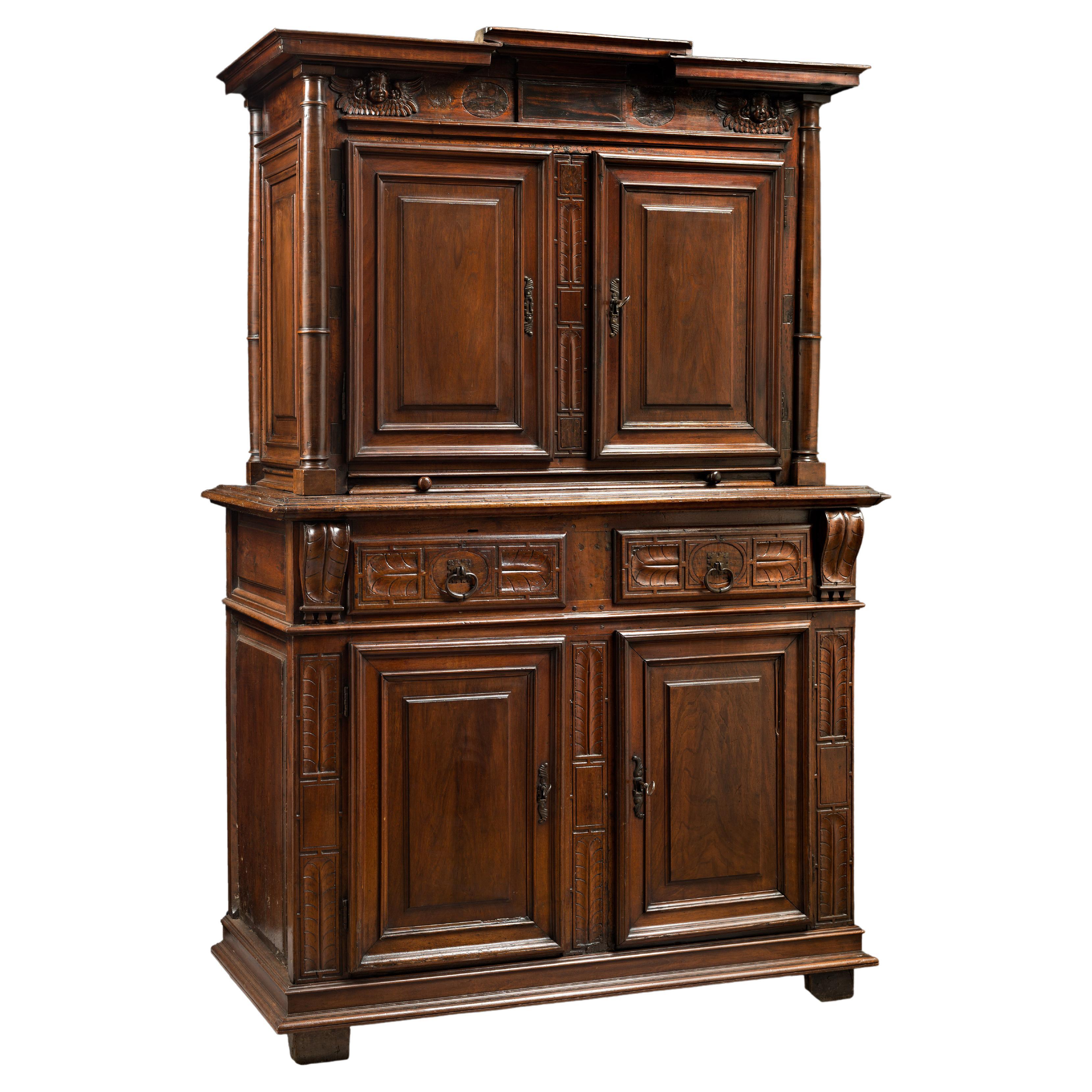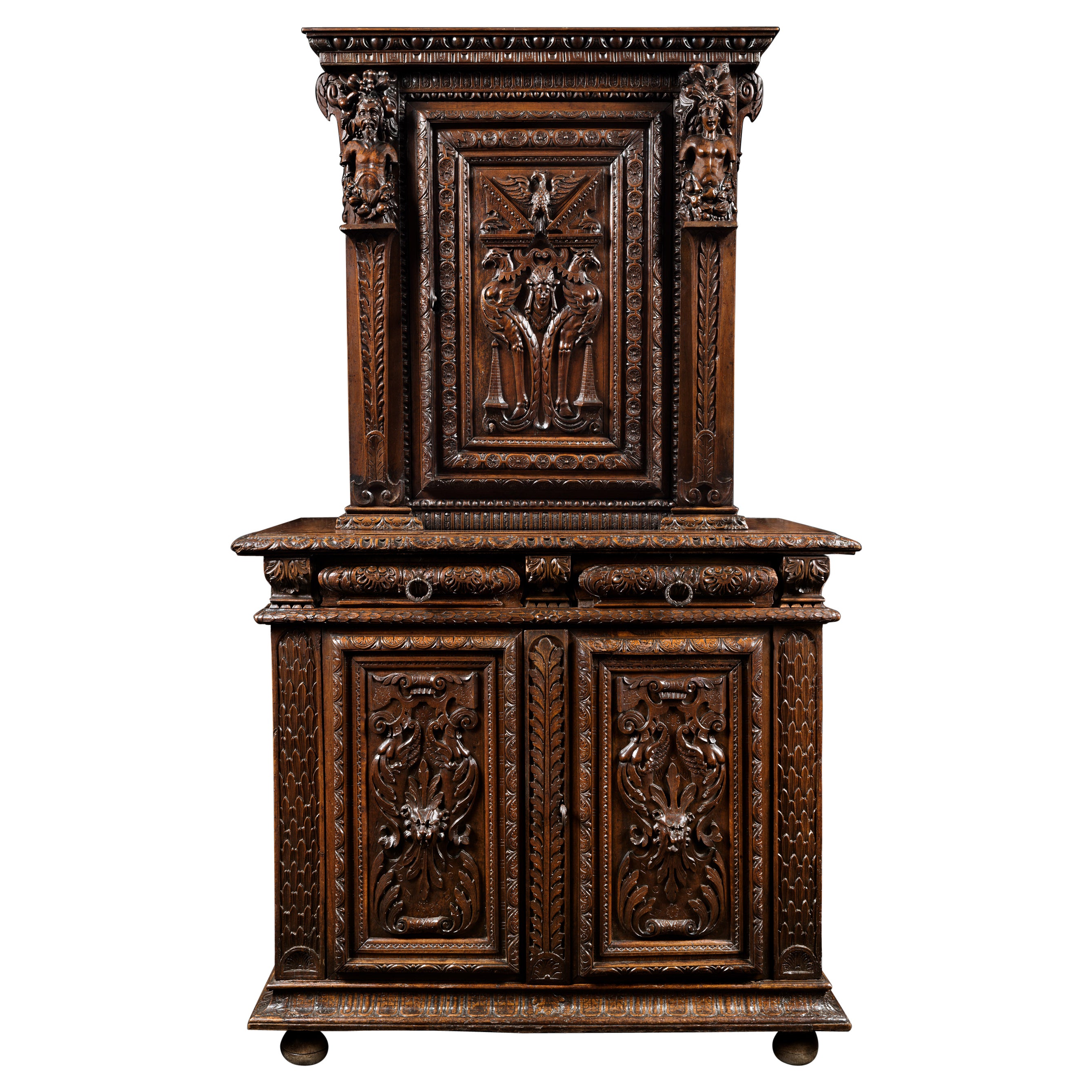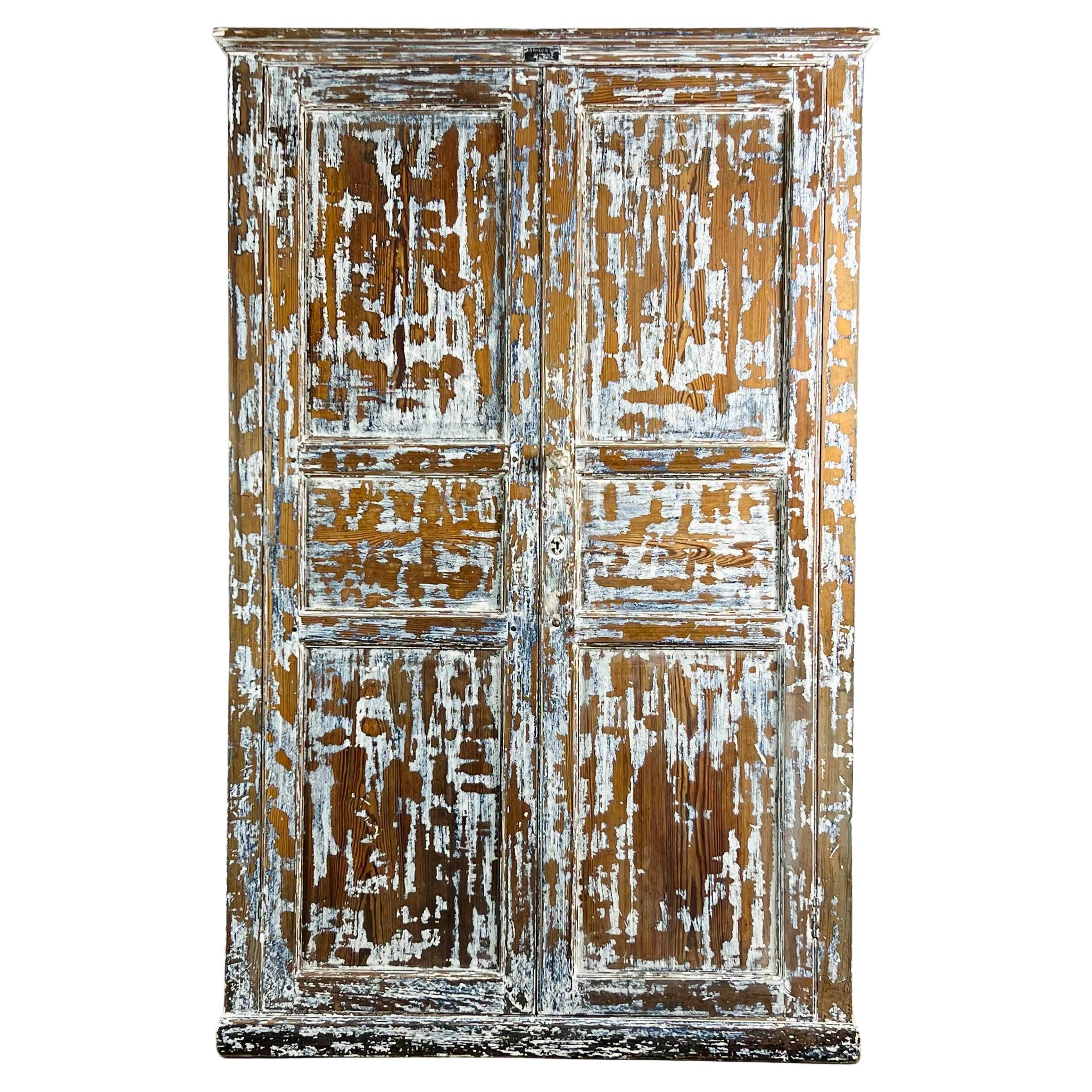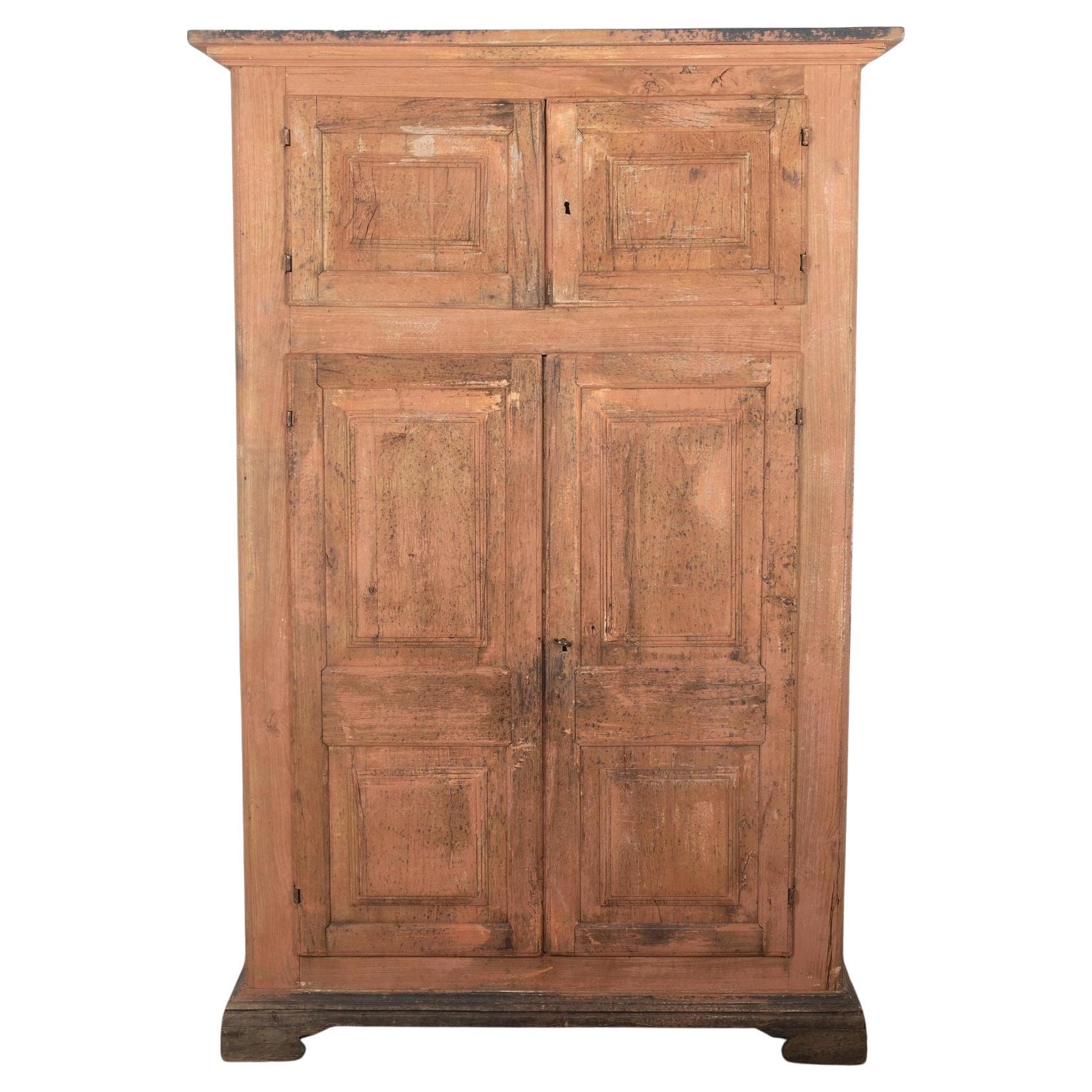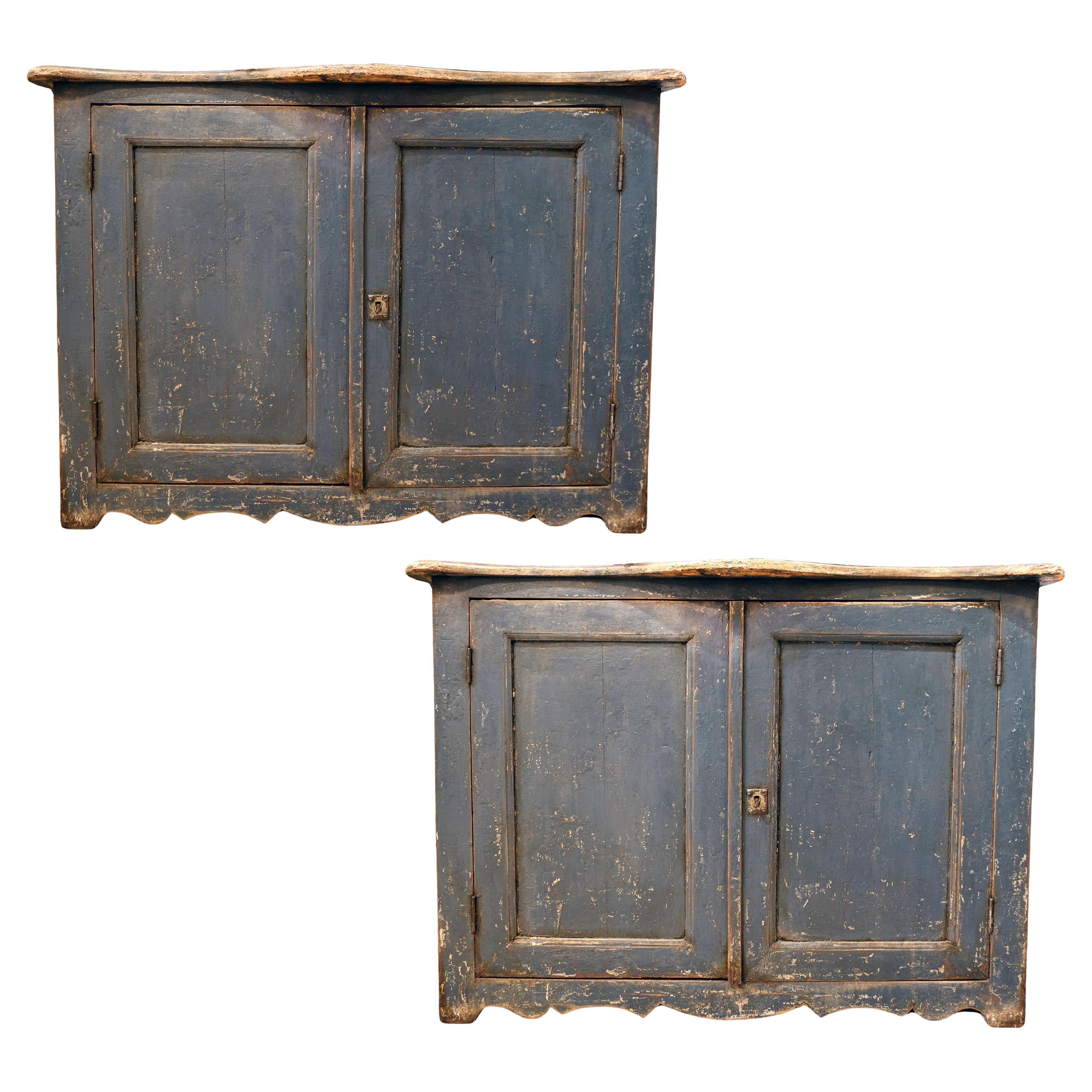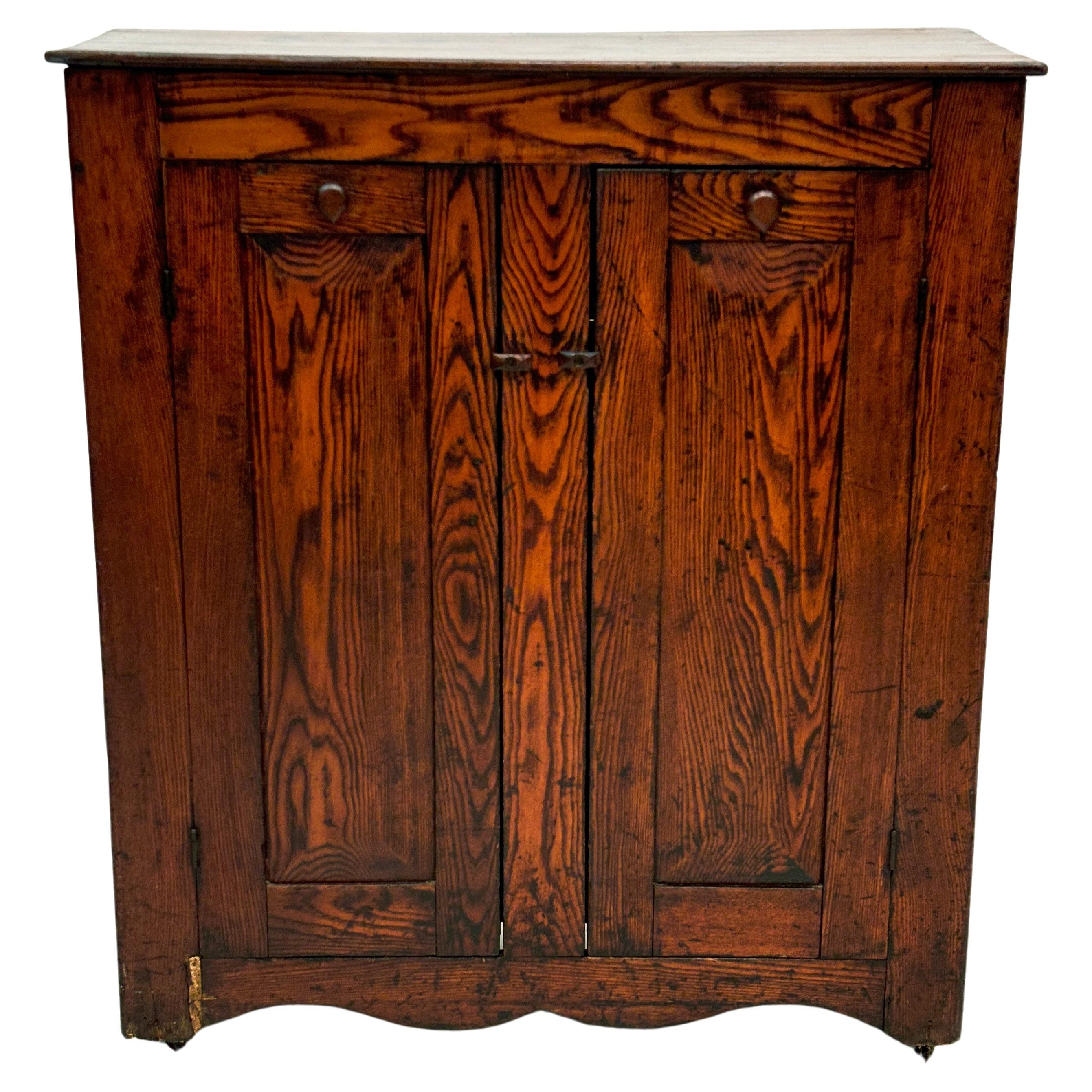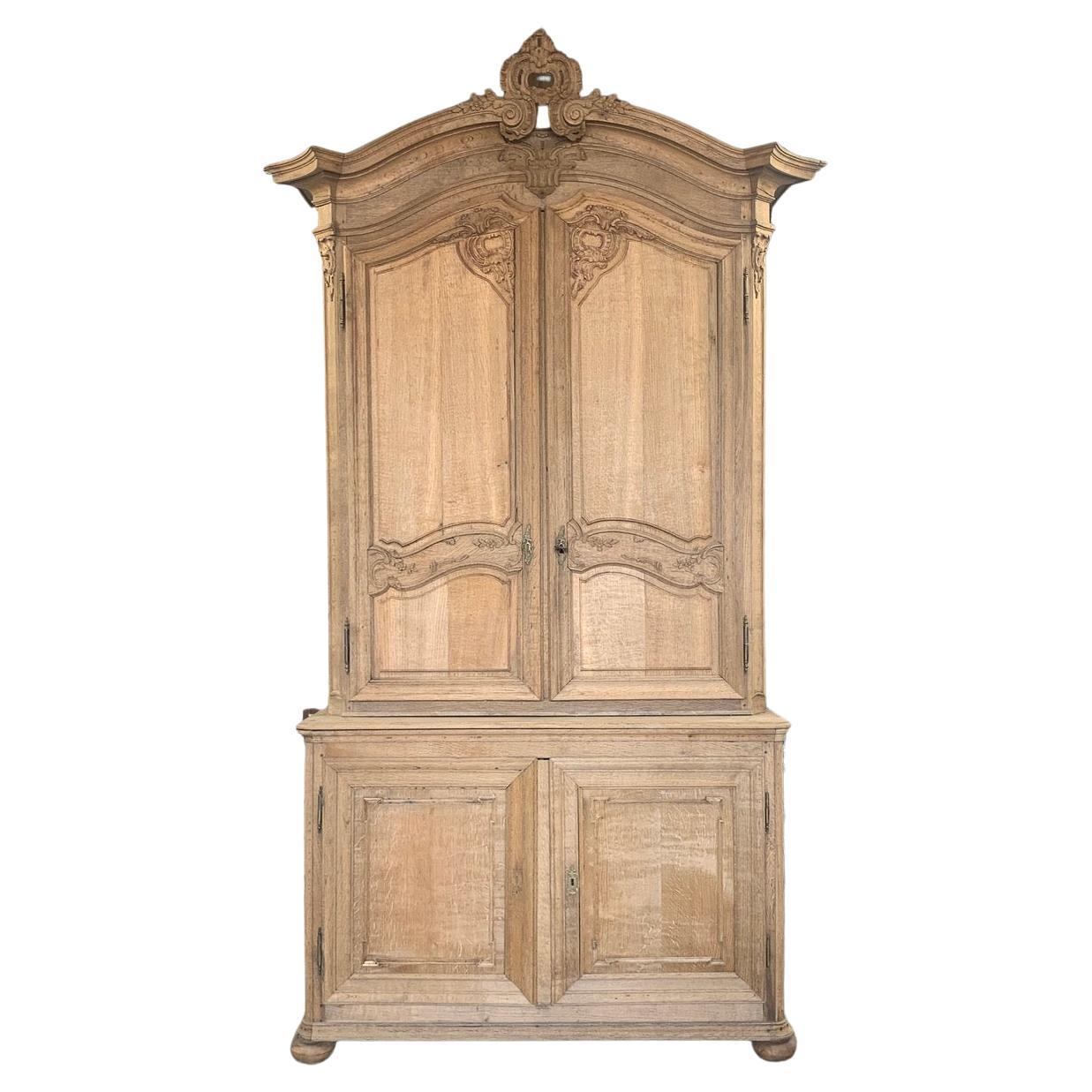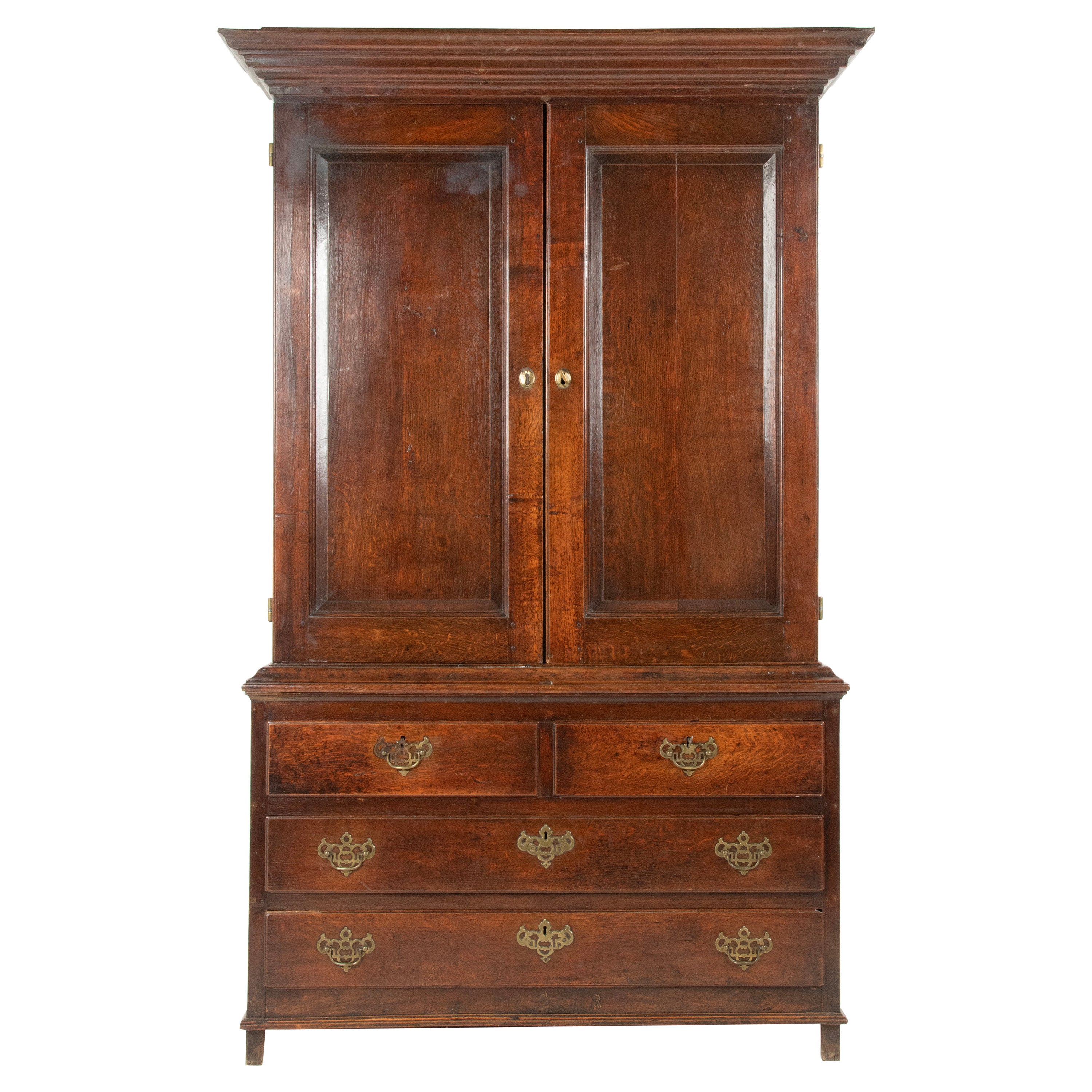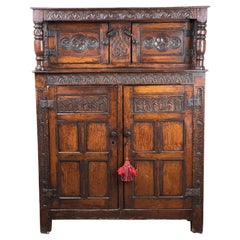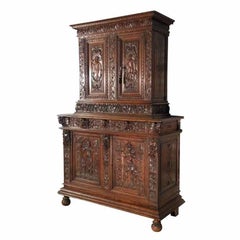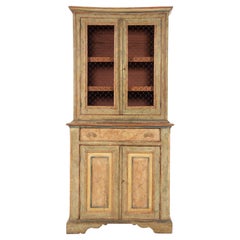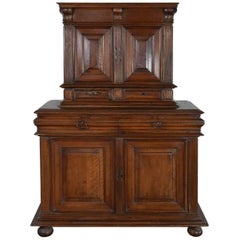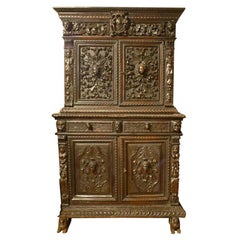
Late 16th Century Italian Cupboard
View Similar Items
1 of 10
Late 16th Century Italian Cupboard
$18,500List Price
About the Item
- Dimensions:Height: 79.25 in (201.3 cm)Width: 48 in (121.92 cm)Depth: 21.25 in (53.98 cm)
- Materials and Techniques:
- Place of Origin:
- Period:
- Date of Manufacture:16th c
- Condition:Excellent condtion for age please call for a specific condition report.
- Seller Location:Natchez, MS
- Reference Number:1stDibs: 0612268081265
Authenticity Guarantee
In the unlikely event there’s an issue with an item’s authenticity, contact us within 1 year for a full refund. DetailsMoney-Back Guarantee
If your item is not as described, is damaged in transit, or does not arrive, contact us within 7 days for a full refund. Details24-Hour Cancellation
You have a 24-hour grace period in which to reconsider your purchase, with no questions asked.Vetted Professional Sellers
Our world-class sellers must adhere to strict standards for service and quality, maintaining the integrity of our listings.Price-Match Guarantee
If you find that a seller listed the same item for a lower price elsewhere, we’ll match it.Trusted Global Delivery
Our best-in-class carrier network provides specialized shipping options worldwide, including custom delivery.You May Also Like
Antique Elizabethan Tudor Oak Court Cupboard c. Late 16th Century
Located in Westfield, MA
This Antique Elizabethan Tudor Oak Court Cupboard, dating to the late 16th century, exemplifies the craftsmanship and aesthetic values of the Tudor period. Constructed from richly gr...
Category
Antique 16th Century English Tudor Cupboards
Materials
Oak
French late 16th century Renaissance Walnut Deux-Corps cabinet
Located in Troy, NY
Beautiful French Renaissance cabinet in two parts. The top part with two carved doors featuring classical figures opening to an interior fit...
Category
Antique 16th Century French Renaissance Cabinets
Materials
Walnut
Italian Painted Cupboard or Bookcase, Late 18th Century
Located in Savannah, GA
Italian Painted Cupboard or Bookcase, Late 18th Century fitted with a center drawer, top section for display with chicken wire, and a bottom section for storage
Category
Antique Late 18th Century Italian Cupboards
Materials
Paint
French Renaissance Henry II Late 16th Century Walnut Deux-Corps Cabinet
Located in Troy, NY
French Henry II Deux-Corps cabinet, in two parts. Of linear design and interesting, unusual proportions, the top part with two-doors over two drawers, bottom with two larger drawers ...
Category
Antique 16th Century French Renaissance Cabinets
Materials
Walnut
16th Century Renaissance Two-Bodied Cabinet
Located in Saint-Ouen, FR
Former collection Altounian
At the beginning of the reign of Henri II (1547-1559) the furniture’s ornamentation evolves. The few medieval motifs that were still used are eventually relinquished. Furniture becomes more sober showcasing moulded panels and perfect architecture. Cabinet-makers use ornaments such as curved fluted or plain columns, feather quills, roses or winged putti heads. High-relief carving becomes more scarce and compositions lighter. To that end cabinet-makers draw inspiration from Fontainebleau motifs filtering them and adapting them to French taste.
During this period cabinet-makers turn into a kind of architects. Indeed the architectural balance of furniture is the centre of their concerns. The study of Antic formulas is then a necessity. From this care given to proportions appear refined cabinets with pure lines.
This style is characteristic of the reign of Henri II and disappears soon after under the regency of Catherine de Medici (1560-1574) when an abundance of high and low-relief ornaments comes back on furnitures.
This two-bodies cabinet...
Category
Antique 16th Century French Renaissance Cabinets
Materials
Walnut
16th Century French Carved Renaissance Cabinet
Located in Saint-Ouen, FR
Rare carved Renaissance cabinet
Period : 2nd half 16th century, ca. 1570
Origin : France, Burgundy or Languedoc
This cabinet embody the produ...
Category
Antique 16th Century French Renaissance Cabinets
Materials
Walnut
Recently Viewed
View AllMore Ways To Browse
Step Back Cupboard
Antique Cabinets And Antique Cupboards
Used Kitchen Cupboards
Kitchen Cupboard Doors Used
Antique Carved Cupboard
Large Storage Cupboards
Antique Painted Cupboards
One Door Cupboard
Single Cupboard
Pine Cupboards
French Kitchen Cupboard
19th Century French Cupboard
Old Cupboard
Original Paint Cupboard
Pine Cupboard Doors
Wooden Cupboard
Antique French Cupboard Cabinet
English Kitchen Cupboard
